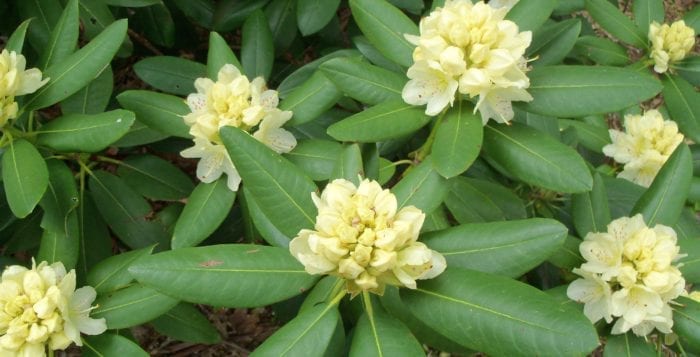Sunny summer flowers
By Ellen Barcel
Have you seen a big, beautiful crop of yellow flowers in late spring to early summer that keeps blooming throughout the summer? Are you in love with them? Do you wonder what you need to plant to keep them going this way?
In particular, there are two flowers that start blooming in late spring and continue throughout the summer: coreopsis and Stella D’Oro daylilies. True yellow lilies bloom once, usually in early summer.
Coreopsis, also known as tickseed, are in the aster family. The daisy-like flowers come in a variety of colors especially intense yellow. A herbaceous perennial, coreopsis is native to North, Central and South America. It’s a draw for butterflies since it is used as food for butterfly caterpillars. Hardy from U.S. Department of Agriculture zones 5 to 9, it’s drought tolerant, especially useful for surviving Long Island’s occasional droughts. Leave the seed heads on the plant in autumn since birds particularly like to eat the seeds. Coreopsis bloom best in full sun. They tolerate a wide variety of soil types and environments — no surprise here since they are native to so many areas of the Americas. Plant beds can be divided every few years if they become overcrowded.
Stella D’Oro (Hemerocallis ‘Stella de Oro’) daylilies are not true lilies. The bloom lasts for one day only, but they are so prolific that the plant is covered with yellow, cup-shaped blooms from essentially May through August. Each bloom is borne on a separate stem. They are hardy in zones 3 through 10, so once planted and properly cared for will come back year after year. Since they’re low maintenance, occasional water in times of drought and some fertilizer (or compost) periodically will keep them growing, spreading and blooming. Like so many showy flowers, they attract butterflies. These daylilies benefit from deadheading, removing spent blossoms, so the energy of the plant goes into making more flowers. Be careful here as spent flowers can look a lot like buds, so don’t accidentally remove the new buds coming in. Observe your plants for a few days so you can tell the difference. Note that ‘Happy Returns’ is another yellow daylily that reblooms. Daylilies do best in full sun in slightly acidic soil.
Lilies (Lillium) are true lilies. The bloom lasts for many days, not just one and is borne on the same stem as the leaves. They come in a wide varieties of colors including yellow. They, too are perennials. ‘Connecticut King’ and ‘Yellow Ribbons’ are both yellow cultivars of lilies. Like Stella D’Oro, they can spread, forming a clump of plants. Many varieties of lilies are rated for climates as cold as zone 3 or 4 (Long Island is zone 7). Lilies are beautiful but, for the most part, do not rebloom throughout the summer.
If you want to have yellow flowers throughout the entire growing season, start with witch hazel and forsythia (both woody shrubs that bloom late winter and early spring) and daffodils. Then have a yellow rhodie (‘Capistrano,’ for example, is gorgeous). Coreopsis, yellow lilies and daylilies then appear (late spring and early summer) along with yellow roses. Finally, make sure you have plenty of black-eyed Susans and yellow mums for fall. Note that all of the above are either shrubs or herbaceous perennials, the plant-once-and-enjoy ever after school of gardening.
Ellen Barcel is a freelance writer and master gardener. Send your gardening questions to [email protected]. To reach Cornell Cooperative Extension and its Master Gardener program, call 631-727-7850.







